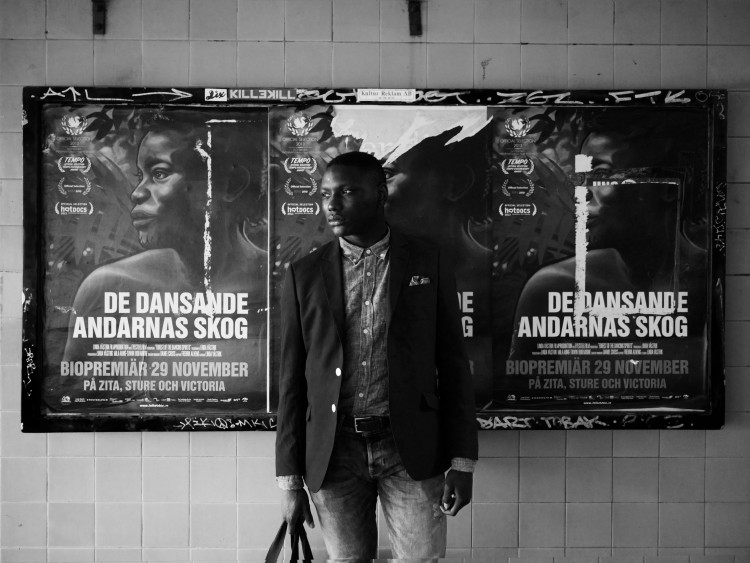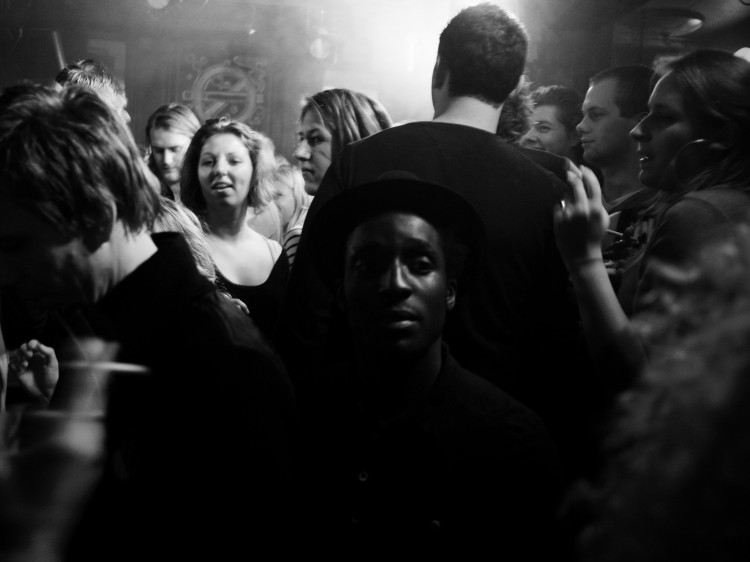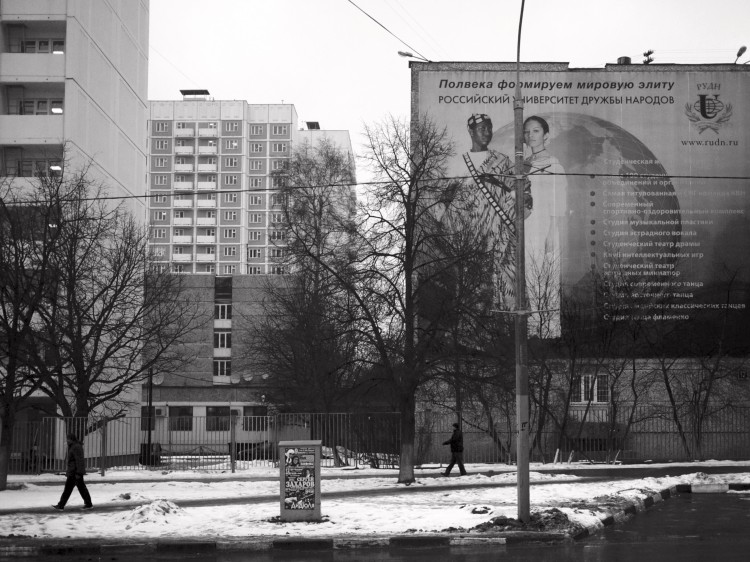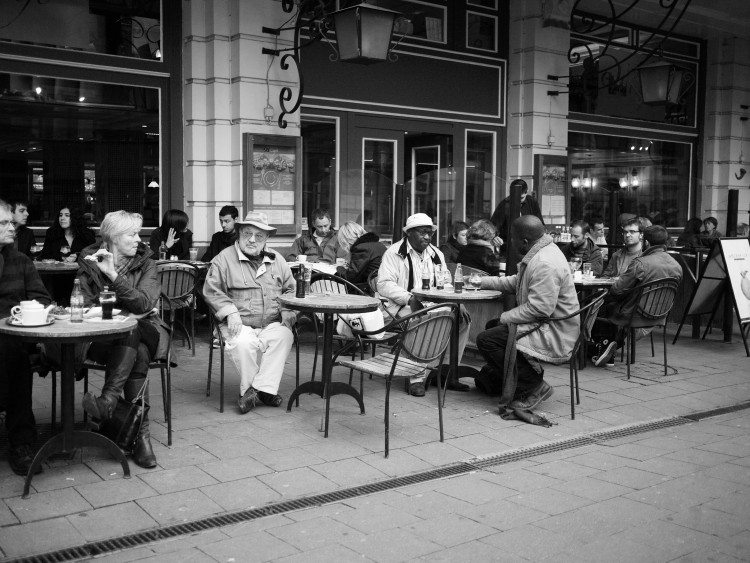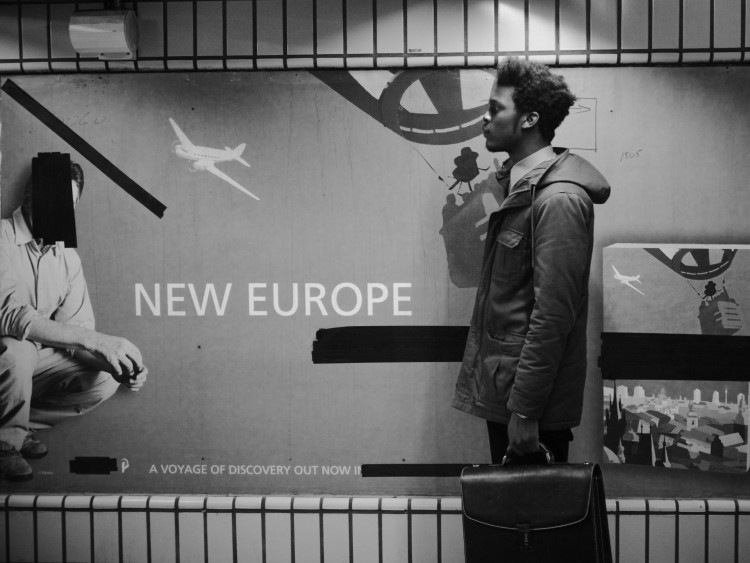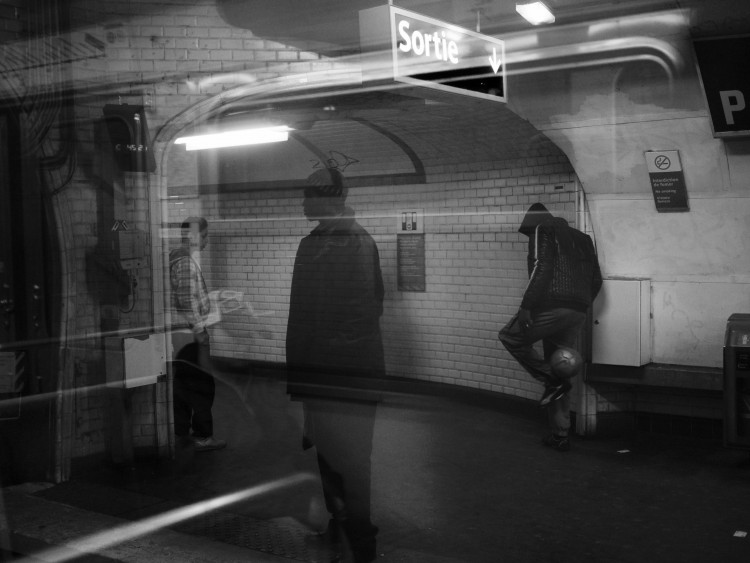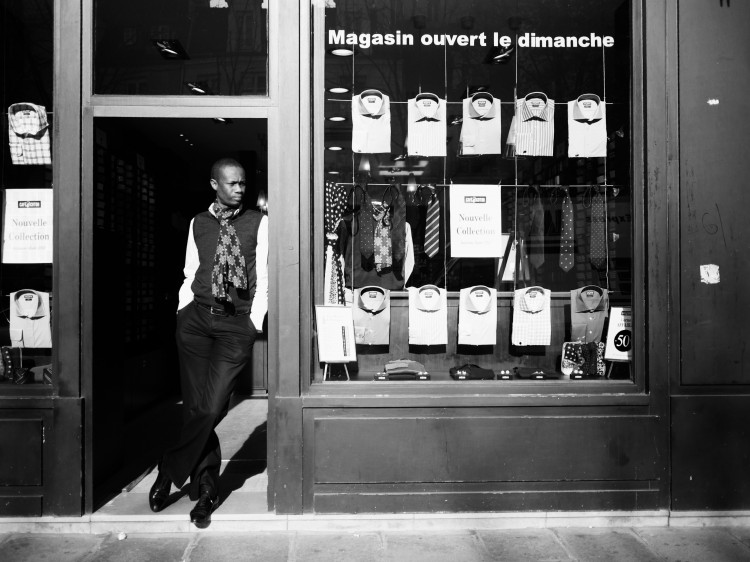It’s something I’ve been asked (only half-jokingly) a number of times by my African-American friends.
It’s a valid question that confirms what I already assumed: America exports its blackness, Europe does not.
Though data on race can be hard to come by, particularly in countries such as France, whose law forbids authorities to collect ethnic statistics, the ENAR (European Network Against Racism) recently reported that there are approximately more than eight-million people who identify themselves as African in Europe. This doesn’t include North Africans who identify as Arab, or those who identify as black, other or mixed race (from a white/black background) which, in Britain, is the fastest growing ethnic group.
Partly because of the subtle power structures left over from colonialism, that’s left us with glass ceilings in corporations and creative industries, and partly because of powerfully suggestive images in travel literature, one would be forgiven for thinking that there was no black presence in Europe.
It made me wonder what lay beyond the iconic images of other cities across the continent.
Growing up in the multicultural wilderness of Sheffield, England’s fourth largest district, I knew a different Britain than Hugh Grant, Buckingham Palace and Big Ben. It made me wonder what lay beyond the iconic images of other cities across the continent.
And when I uncovered this different imagery, would there be virtue in reaching out and connecting with the black European diaspora in a bid to stamp out a presence on an old, stubborn continent?
Armed with a pen and pad, a camera and an Interrail pass, I decided to travel Europe for five months, visiting its major cities, documenting the black European diaspora. London to Paris, Brussels and Amsterdam, Stockholm over to Moscow, Berlin down to Rome, across the Riviera to Marseilles, Madrid and Lisbon, and then ending my trip in Gibraltar, where one can stand on the shores of Europe and see the shores of Africa.
Very often I found blackness on the cultural and geographic periphery of European societies, so at times my journey became a tour of the continent’s hinterlands, like the largely Muslim area of Rinkeby in Stockholm, Clichy-sous-Bois in Paris, where the 2005 riots kicked off, Cova Da Moura, the Cape Verdean favela on the outskirts of Lisbon and Miklukho-Maklaya in Moscow, where West African students still attend a university once named after Patrice Lumumba.
These are places that Europe needs to understand and embrace if it wants fully functional societies.
In these places I noticed what author Doug Saunders describes as ‘Arrival Cities’. These are places where Africans and other immigrants learn to become Europeans. When attempts to connect with the heart of a big city are made difficult, especially for the children of immigrants who have been born in Europe, the margins explode, as we have seen time and time again in France.
These are places that Europe needs to understand and embrace if it wants fully functional societies. And the people in them, too, need to learn to understand Europe, to keep trying to take part, to tell their story, to help people understand where they’re coming from. To help people understand just what Europe is. To compare notes with other pockets of black communities across the continent.
It certainly enriched my own understanding of my – of our – position in a place we are indelibly connected to, but often rejected by. I came back from my trip with a few hundred thousand notes… inscribed interviews and observations, e-mails and addresses, and about 8,000 photographs: evidence that the word European is more than a synonym for ‘white’.
It’s one of the reasons I’ll be voting ‘in’ at this month’s Brexit poll; in order keep alive a growing dialogue amongst a black community facing similar issues of under and misrepresentation in countries with epic colonial histories.
Johny Pitts’s Afropean Odyssey will be out on Penguin Books in Spring, 2017. In the meantime visit and subscribe to afropean.com

